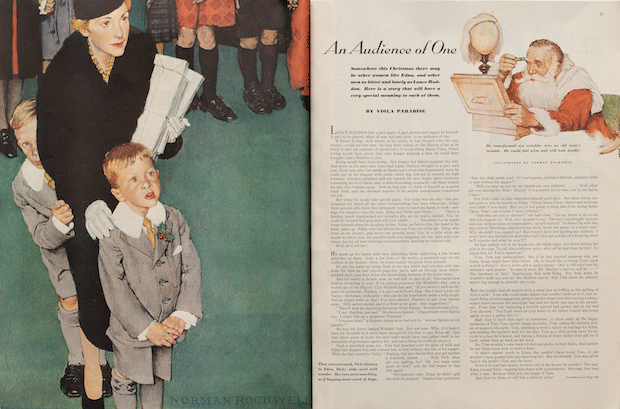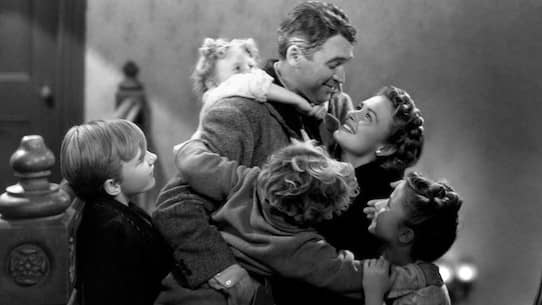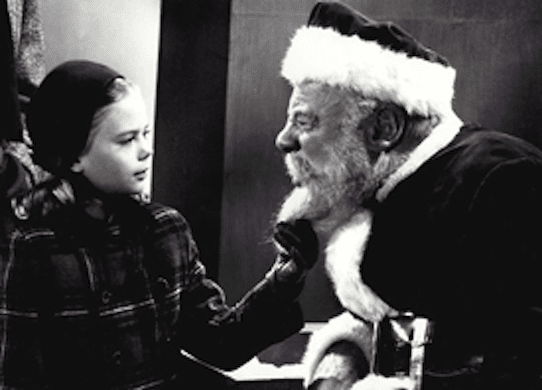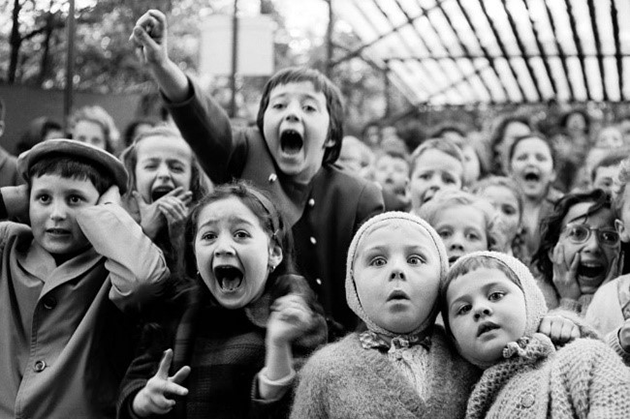20th c. & Contemporary Art Evening Sale
New York Auction 7 December 2020
1
Amy Sherald
The Bathers
Estimate $150,000 - 200,000
Sold for $4,265,000
Create your first list.
Select an existing list or create a new list to share and manage lots you follow.
2
Jadé Fadojutimi
Lotus Land
Estimate $40,000 - 60,000
Sold for $378,000
Create your first list.
Select an existing list or create a new list to share and manage lots you follow.
3
Vaughn Spann
Big Black Rainbow (Deep Dive)
Estimate $40,000 - 60,000
Sold for $239,400
Create your first list.
Select an existing list or create a new list to share and manage lots you follow.
4
Matthew Wong
Before Night Falls
Estimate $300,000 - 500,000
Sold for $1,252,100
Create your first list.
Select an existing list or create a new list to share and manage lots you follow.
5
Ruth Asawa
Untitled (S.045, Hanging Five-Lobed, Multilayered Continuous Form within a Form, with Spheres in the First, Second and Third Lobes)
Estimate $1,500,000 - 2,000,000
Sold for $3,539,000
Create your first list.
Select an existing list or create a new list to share and manage lots you follow.
6
Agnes Martin
Untitled
Estimate $1,800,000 - 2,500,000
Sold for $2,450,000
Create your first list.
Select an existing list or create a new list to share and manage lots you follow.
7
Morris Louis
Infield
Estimate $900,000 - 1,200,000
Sold for $1,179,500
Create your first list.
Select an existing list or create a new list to share and manage lots you follow.
8
Donald Judd
Untitled
Estimate $3,000,000 - 4,000,000
Sold for $3,539,000
Create your first list.
Select an existing list or create a new list to share and manage lots you follow.
9
Richard Diebenkorn
Untitled (Berkeley)
Estimate $300,000 - 500,000
Sold for $478,800
Create your first list.
Select an existing list or create a new list to share and manage lots you follow.
10
David Hockney
Nichols Canyon
Estimate On Request
Sold for $41,067,500
Create your first list.
Select an existing list or create a new list to share and manage lots you follow.
11
Amoako Boafo
Purple on Red
Estimate $200,000 - 300,000
Sold for $756,000
Create your first list.
Select an existing list or create a new list to share and manage lots you follow.
12
Barkley L. Hendricks
Selina/Star
Estimate $800,000 - 1,200,000
Sold for $937,500
Create your first list.
Select an existing list or create a new list to share and manage lots you follow.
13
Norman Rockwell
The Peephole
Estimate $1,000,000 - 1,500,000
Sold for $2,087,000
Create your first list.
Select an existing list or create a new list to share and manage lots you follow.
14
Clyfford Still
PH-407
Estimate On Request
Sold for $18,442,500
Create your first list.
Select an existing list or create a new list to share and manage lots you follow.
15
Glenn Ligon
Stranger #67
Estimate $1,400,000 - 1,800,000
Sold for $1,784,500
Create your first list.
Select an existing list or create a new list to share and manage lots you follow.
16
Jean-Michel Basquiat
Portrait of A-One A.K.A. King
Estimate $10,000,000 - 15,000,000
Sold for $11,500,000
Create your first list.
Select an existing list or create a new list to share and manage lots you follow.
17
Titus Kaphar
Veil
Estimate $70,000 - 90,000
Sold for $365,400
Create your first list.
Select an existing list or create a new list to share and manage lots you follow.
18
René Magritte
Untitled (Woman's Face covered by a Rose)
Estimate $1,200,000 - 1,800,000
Sold for $2,329,000
Create your first list.
Select an existing list or create a new list to share and manage lots you follow.
19
Norman Rockwell
An Audience of One
Estimate $2,500,000 - 3,500,000
Create your first list.
Select an existing list or create a new list to share and manage lots you follow.
20
Pablo Picasso
Deux personnages
Estimate $1,200,000 - 1,800,000
Sold for $2,147,500
Create your first list.
Select an existing list or create a new list to share and manage lots you follow.
21
Joan Mitchell
Untitled
Estimate $9,000,000 - 12,000,000
Create your first list.
Select an existing list or create a new list to share and manage lots you follow.
22
Gerhard Richter
Abstraktes Bild (678-1)
Estimate $3,000,000 - 5,000,000
Sold for $4,265,000
Create your first list.
Select an existing list or create a new list to share and manage lots you follow.
23
Alexander Calder
Dot + Loop
Estimate $1,200,000 - 1,800,000
Sold for $2,329,000
Create your first list.
Select an existing list or create a new list to share and manage lots you follow.
24
Joan Mitchell
Untitled
Estimate $10,000,000 - 15,000,000
Sold for $11,297,500
Create your first list.
Select an existing list or create a new list to share and manage lots you follow.
25
Roy Lichtenstein
Nude with Joyous Painting (Study)
Estimate $1,500,000 - 2,000,000
Sold for $1,672,500
Create your first list.
Select an existing list or create a new list to share and manage lots you follow.
26
George Condo
Transparent Female Forms
Estimate $3,500,000 - 5,500,000
Sold for $4,265,000
Create your first list.
Select an existing list or create a new list to share and manage lots you follow.
27
Helen Frankenthaler
Off White Square
Estimate $2,800,000 - 3,500,000
Sold for $3,720,500
Create your first list.
Select an existing list or create a new list to share and manage lots you follow.
28
Morris Louis
Beth Sin
Estimate $4,000,000 - 6,000,000
Create your first list.
Select an existing list or create a new list to share and manage lots you follow.
29
Georg Baselitz
Forstarbeiter
Estimate $1,800,000 - 2,500,000
Sold for $2,087,000
Create your first list.
Select an existing list or create a new list to share and manage lots you follow.
30
Charles White
Roots
Estimate $500,000 - 700,000
Sold for $877,000
Create your first list.
Select an existing list or create a new list to share and manage lots you follow.
31
Roy Lichtenstein
Coup de Chapeau I
Estimate $500,000 - 700,000
Sold for $937,500
Create your first list.
Select an existing list or create a new list to share and manage lots you follow.
32
This lot is no longer available.
33
Kehinde Wiley
Portrait of Mickalene Thomas, the Coyote
Estimate $100,000 - 150,000
Sold for $378,000
Create your first list.
Select an existing list or create a new list to share and manage lots you follow.
34
René Magritte
Le Choeur des Sphinges
Estimate $1,000,000 - 1,500,000
Sold for $3,115,500
Create your first list.
Select an existing list or create a new list to share and manage lots you follow.
35
Mickalene Thomas
I've Been Good To Me
Estimate $200,000 - 300,000
Sold for $901,200
Create your first list.
Select an existing list or create a new list to share and manage lots you follow.
36
This lot is no longer available.
37
Ed Ruscha
Local Storms
Estimate $800,000 - 1,200,000
Create your first list.
Select an existing list or create a new list to share and manage lots you follow.
38
This lot is no longer available.
![[left] Mary Rockwell, her three sons, and an unidentified girl aboard the SS Bremen, en route to London, March 1938. Courtesy of Jarvis Rockwell. [right] Norman Rockwell’s sons (from left) Thomas, Jarvis and Peter in Vermont, early 1940s.](https://phillips.vo.llnwd.net/v1/web_dev/lot-component/143476_FIG1_UC331500_b41d4714-6d5b-4eff-bea0-3f5ef1e44f56.png)
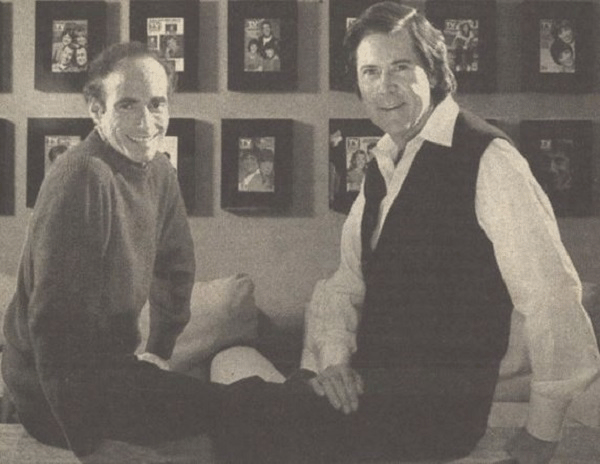
![[left] Auguste Renoir, La Loge, 1874. Courtauld Institute Galleries, London, Photo credit: SCALA / Art Resource, NY [right] Mary Cassat, In the Loge, 1878. Museum of Fine Arts, Boston, Photo credit: Sheldon Marshall / Art Resource](https://phillips.vo.llnwd.net/v1/web_dev/lot-component/REPLACEMENT_1_bf458f42-1bce-406d-8d98-7b2e2f37e019.png)
